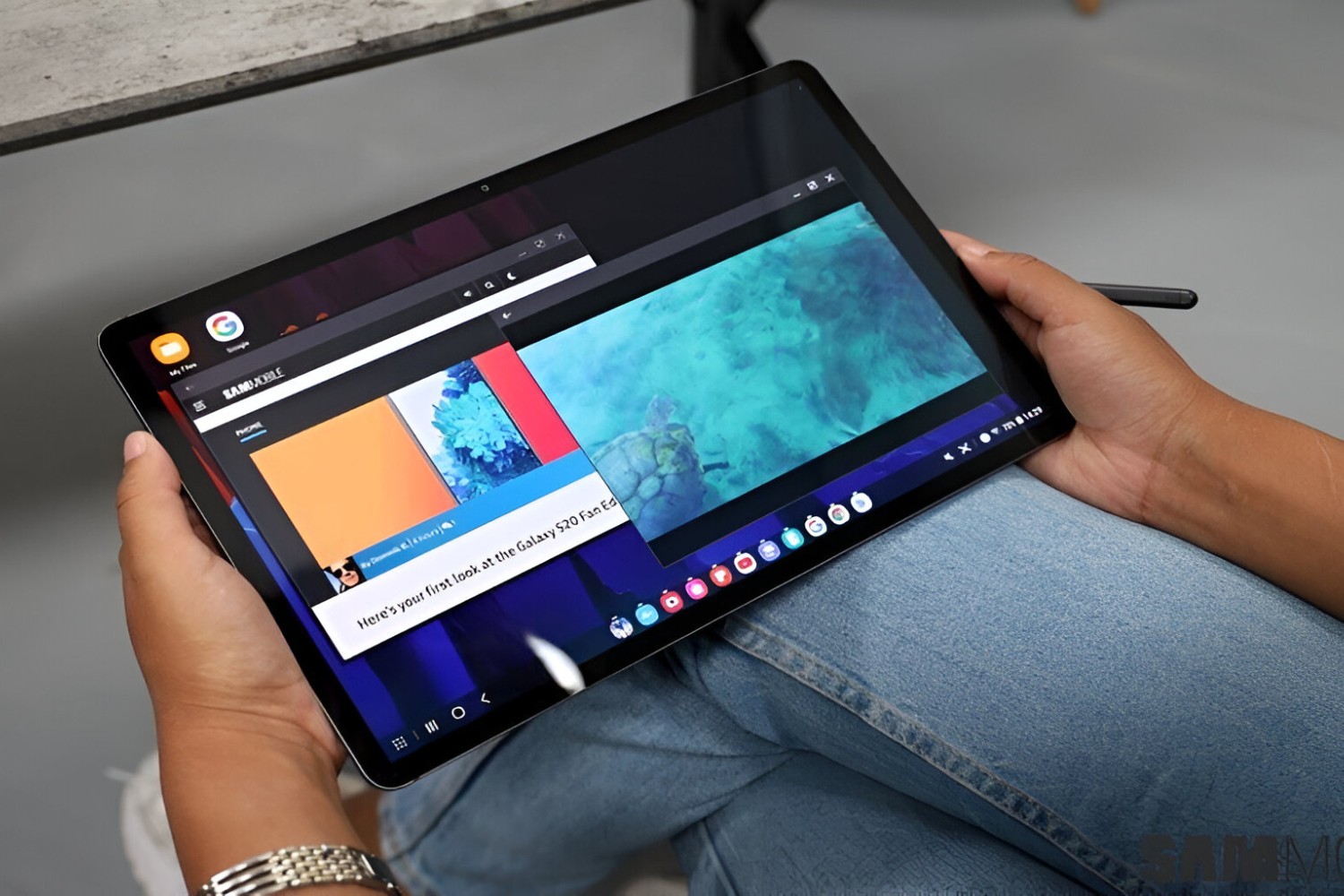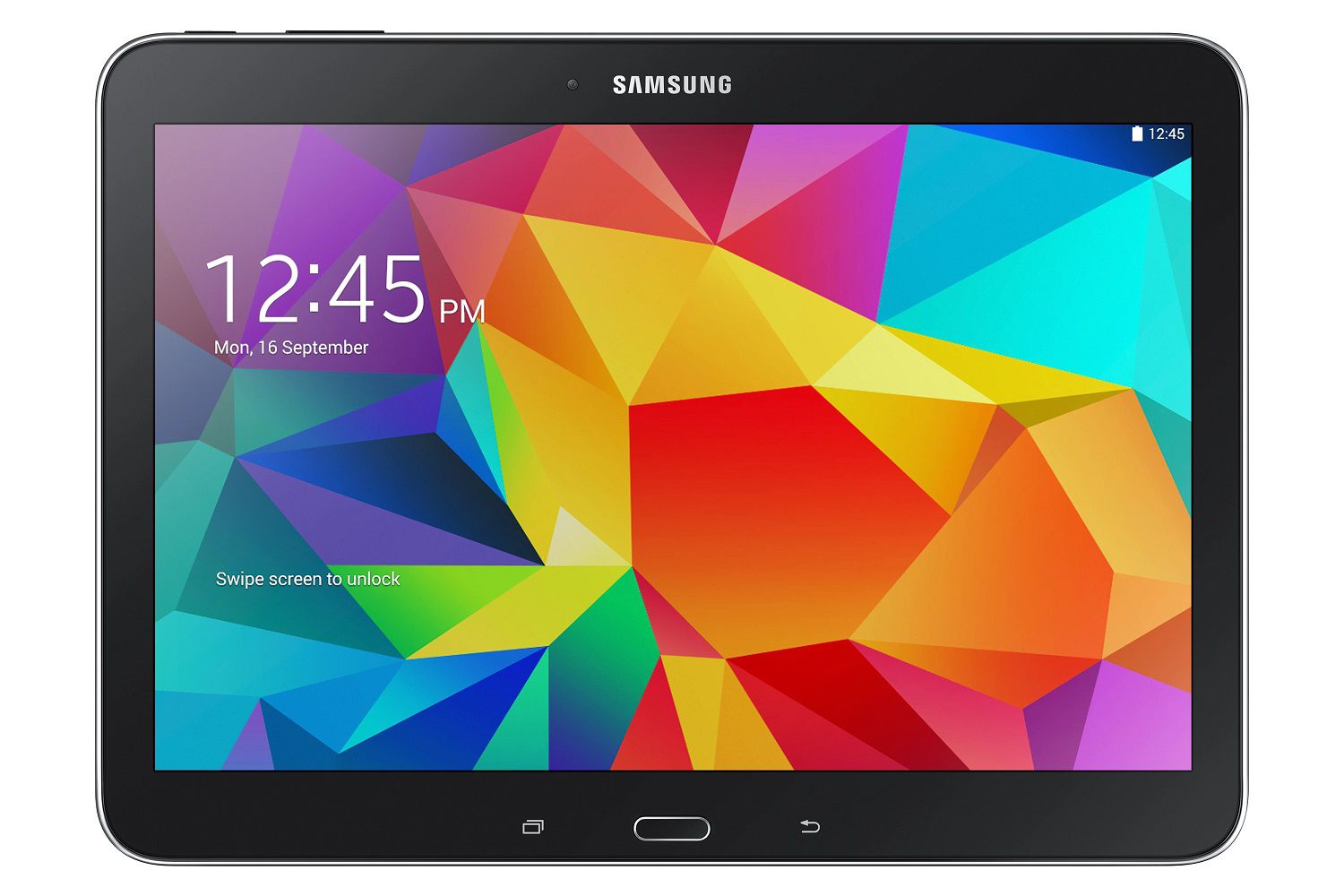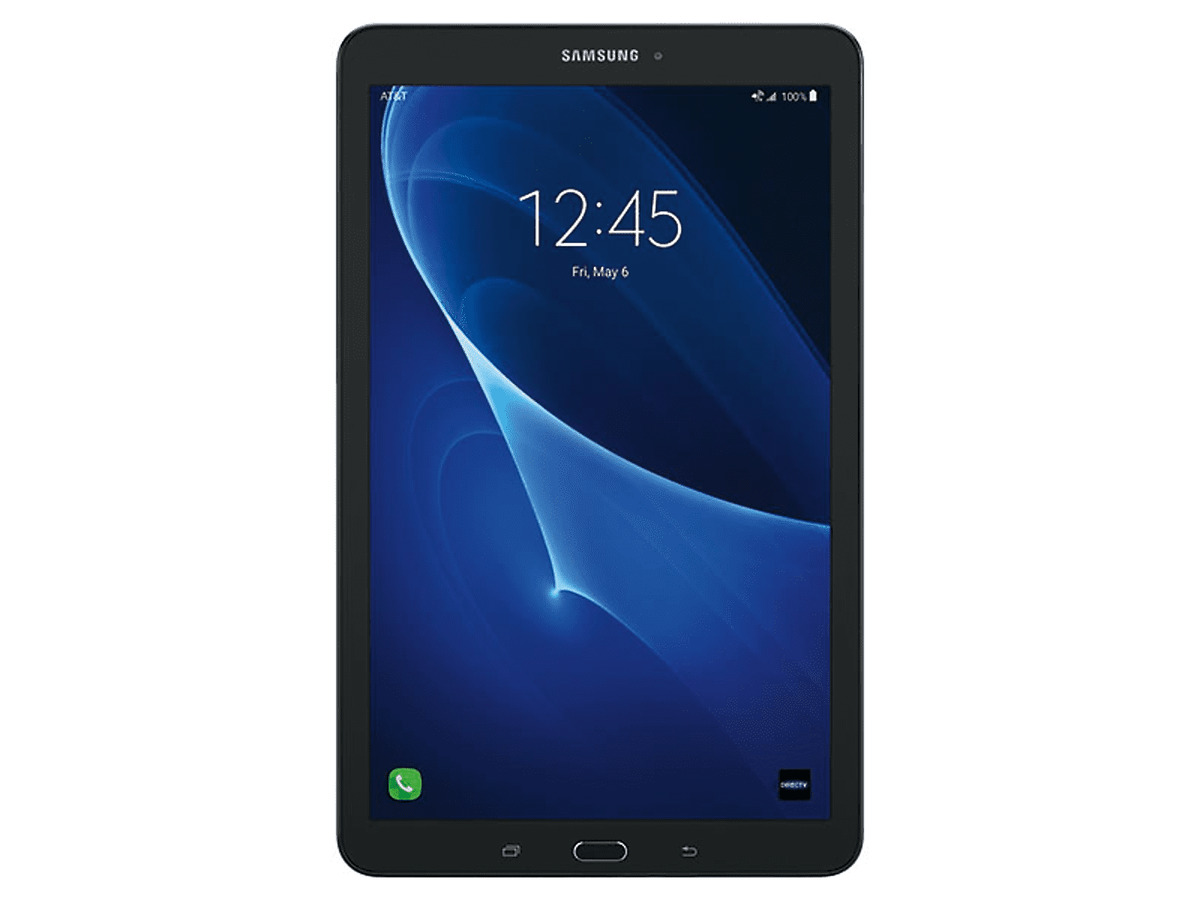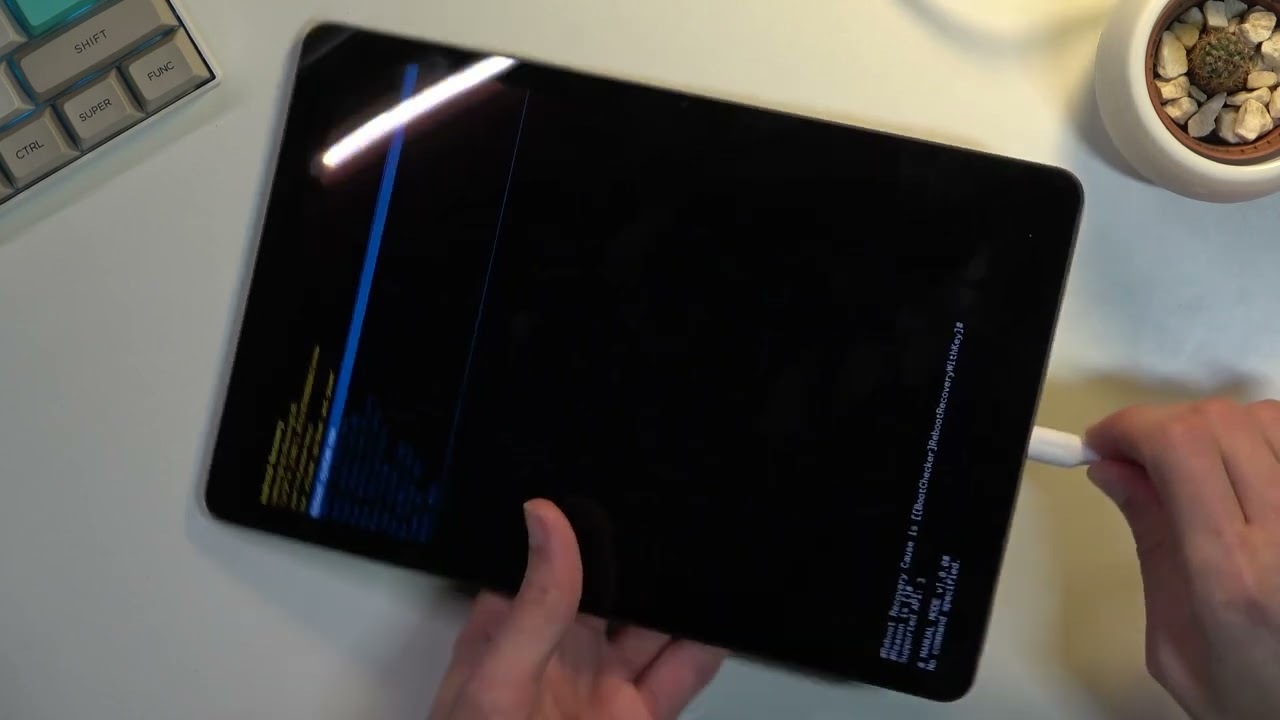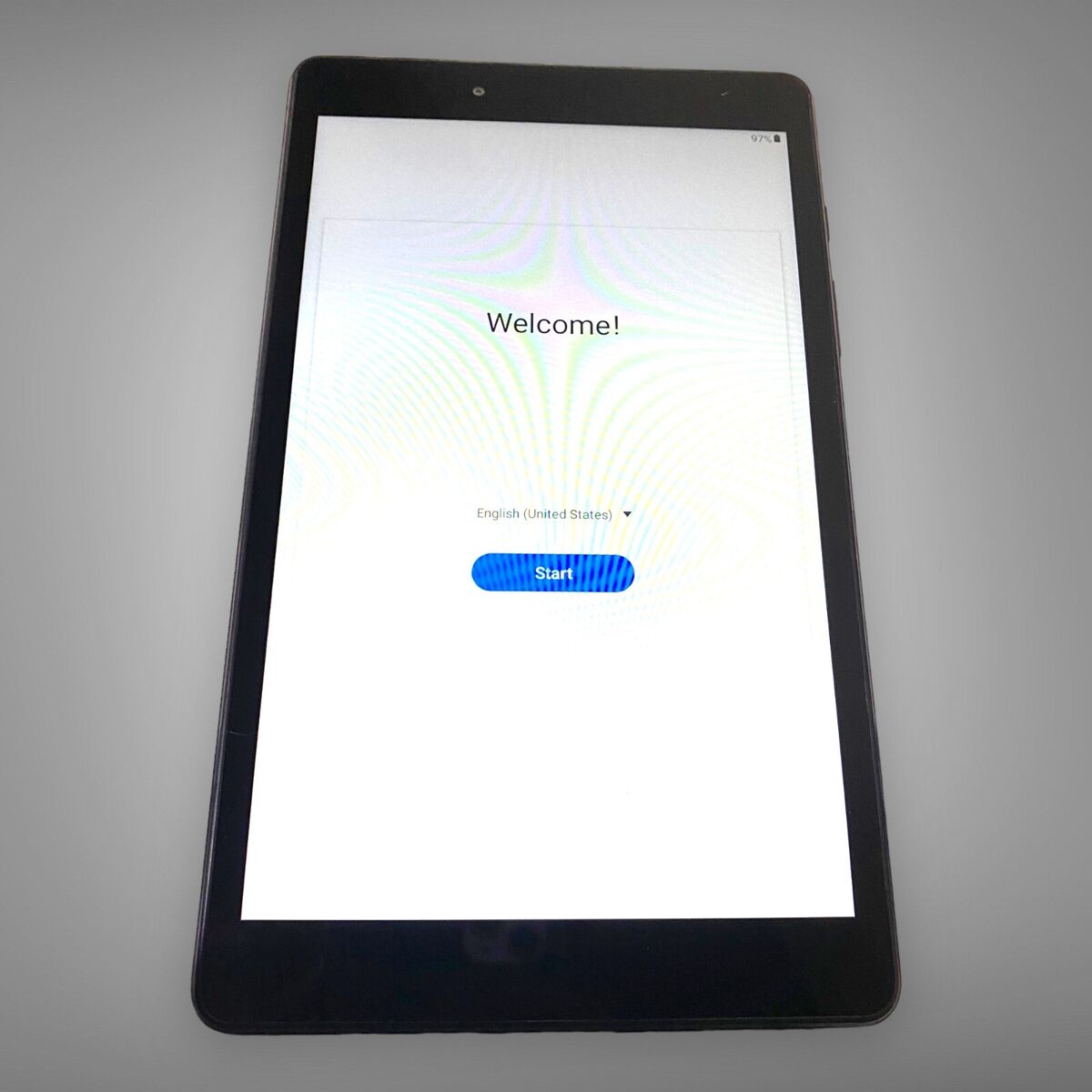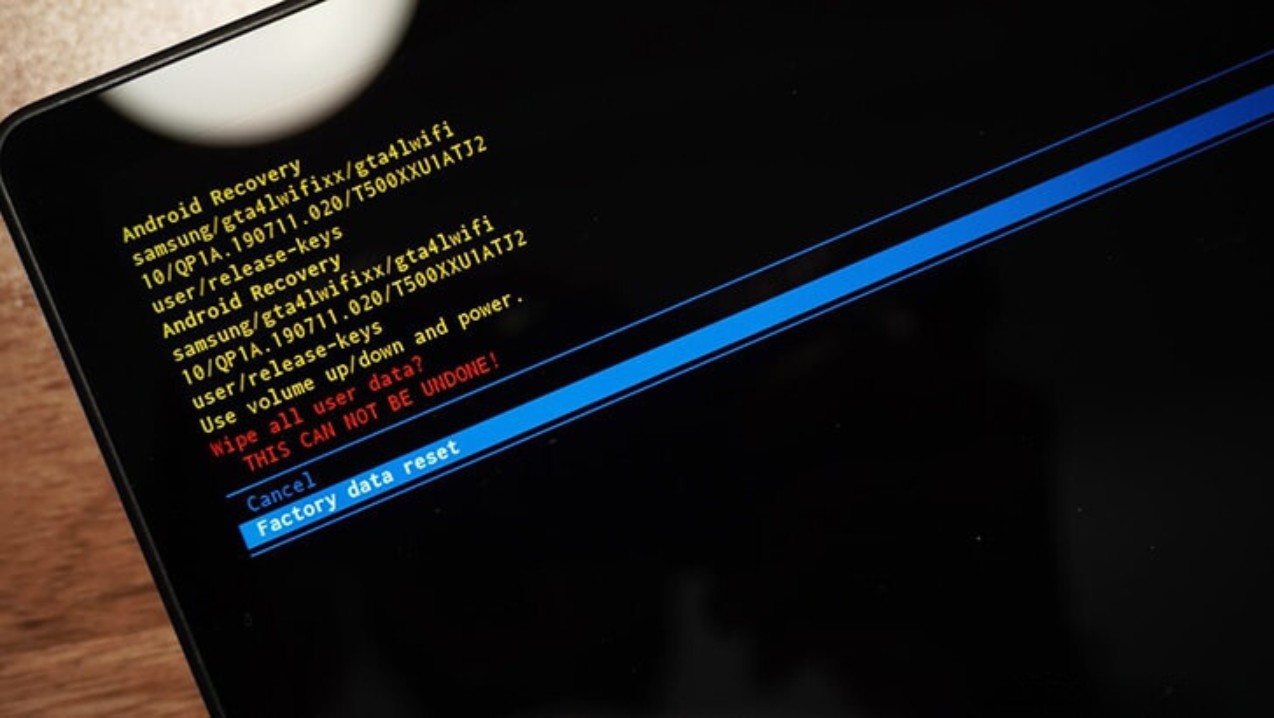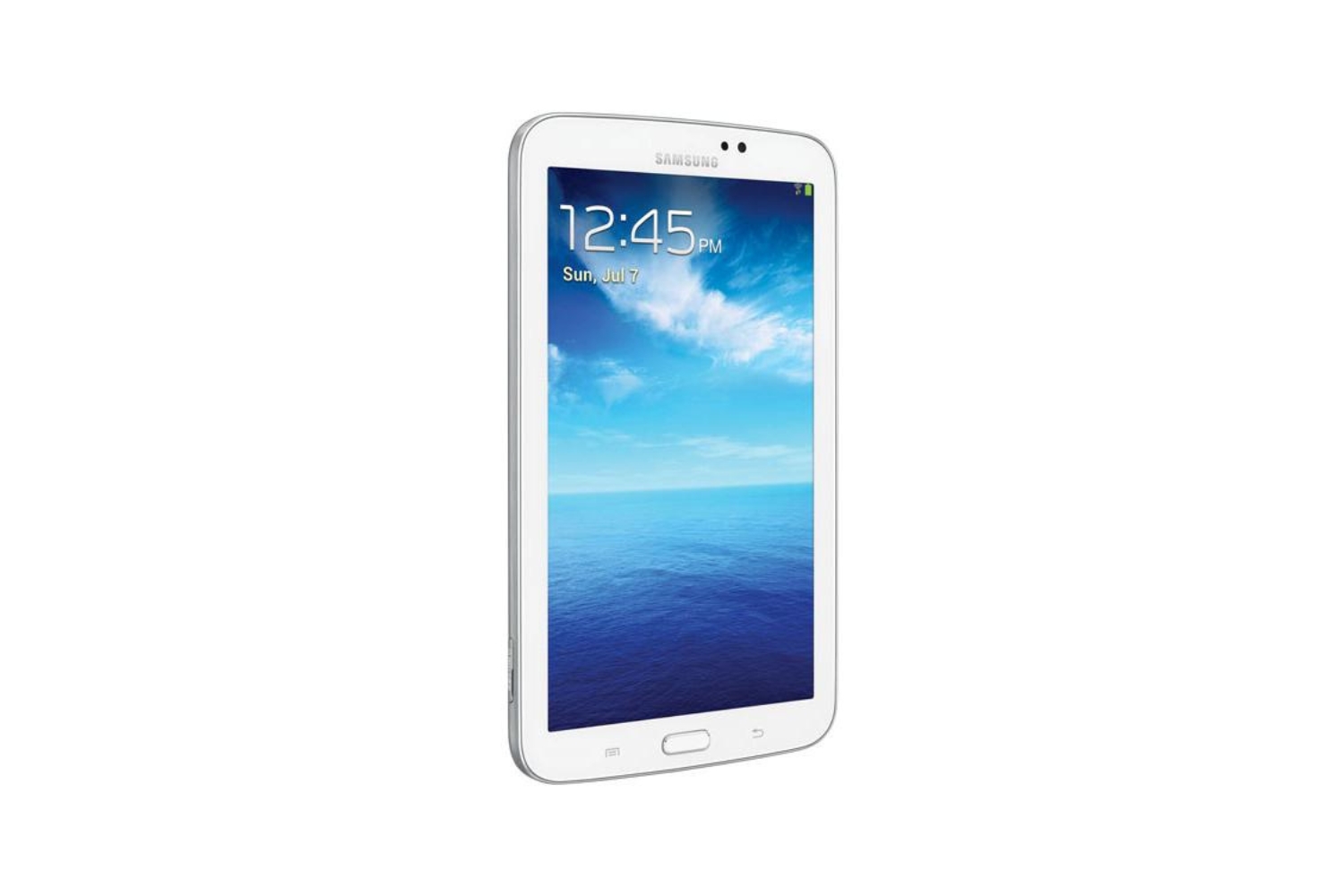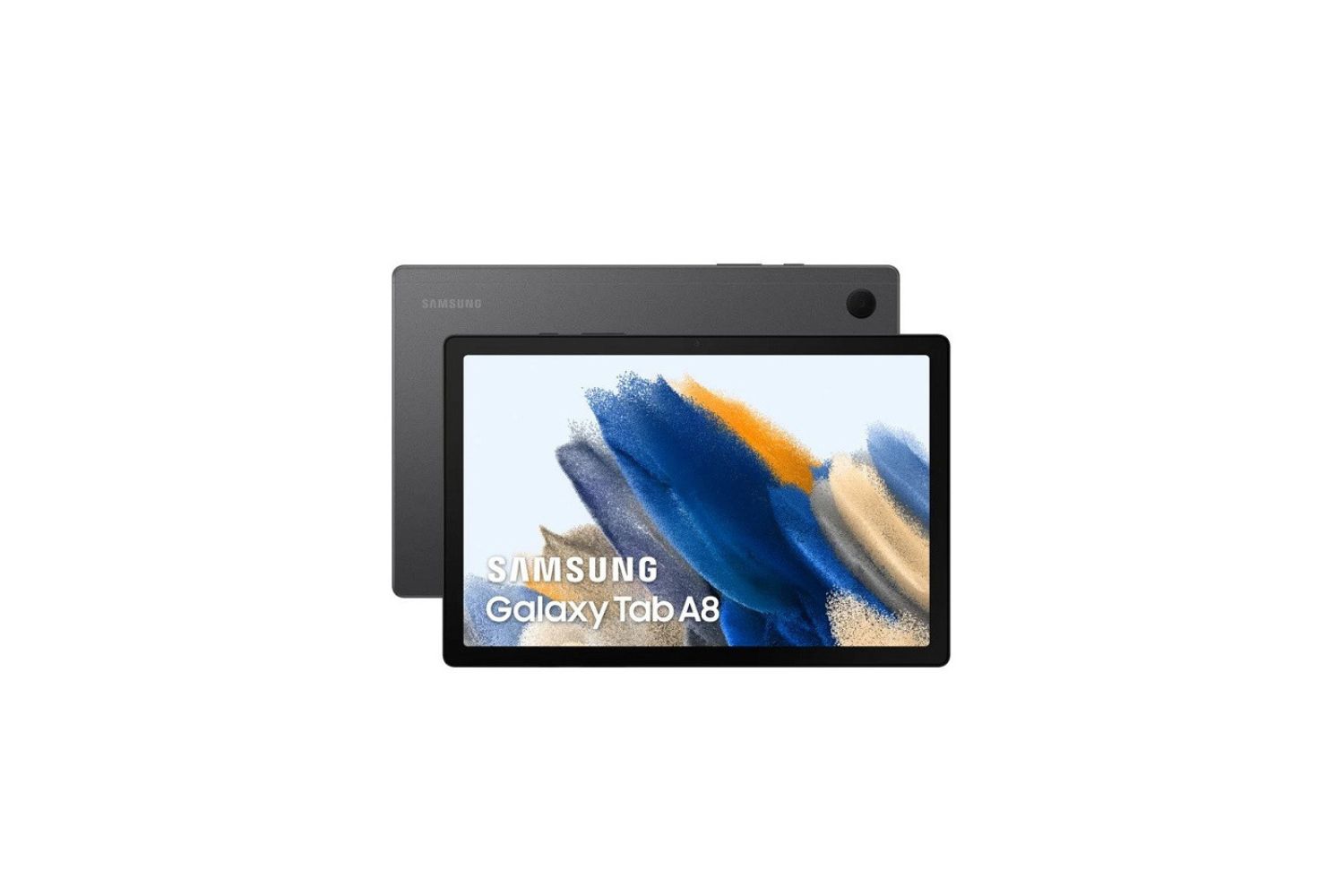Introduction
Welcome to our guide on how to reboot your Samsung tablet. In this article, we will walk you through the necessary steps to reboot your Samsung tablet in order to resolve various issues that you may encounter. Whether you are facing performance issues, software glitches, or unresponsive screen problems, performing a reboot can often be an effective solution.
While your Samsung tablet is designed to be reliable and efficient, like any electronic device, it can experience occasional hiccups. Rebooting your tablet can help resolve these issues and bring your device back to its optimal performance level.
It is important to understand that rebooting your Samsung tablet does not erase any of your personal data or files. It is simply a process of restarting the device, refreshing the system, and closing any background processes that may be causing issues.
In the following sections, we will discuss three methods of rebooting your Samsung tablet: soft reset, hard reset, and factory reset. Each method is progressively more intensive, so we recommend starting from the least invasive method and progressing to the more advanced methods only if necessary.
Before we dive into the rebooting methods, we will also explore some alternative troubleshooting techniques that you can try before resorting to a reboot. These methods can help you identify and resolve the issue without the need for a complete reboot.
Now, let’s get started with our step-by-step guide on how to reboot your Samsung tablet to restore its functionality and improve your user experience.
Why rebooting your Samsung tablet is necessary
Rebooting your Samsung tablet is an essential troubleshooting technique that can help resolve various issues and improve the overall performance of your device. Here are some reasons why rebooting is necessary:
- Refreshes the system: Over time, as you use your tablet, various processes and applications run in the background, which can lead to sluggish performance. Rebooting clears the system’s memory and stops these background processes, enabling your tablet to start fresh and run more smoothly.
- Resolves software glitches: Sometimes, software glitches can cause freezes, apps crashing, or unresponsive touch screens. Rebooting your tablet forces the operating system to reload and reinitialize, which can help resolve these issues and restore normal functionality.
- Fixes unresponsive screen: If your tablet’s touch screen becomes unresponsive or laggy, a simple reboot can often fix the problem. It clears any temporary glitches or conflicts that may be causing the issue and allows the touch screen to respond properly.
- Clears cache and temporary files: Rebooting your tablet clears the cache and temporary files stored on your device. These files can take up valuable storage space and potentially slow down your tablet. By rebooting, you are effectively clearing out this unnecessary data and giving your tablet more room to operate efficiently.
- Resets network connections: If you are experiencing network issues, such as a slow internet connection or trouble connecting to Wi-Fi, rebooting your tablet can help reset the network connections. This allows your tablet to establish fresh connections and can often resolve connectivity problems.
Rebooting your Samsung tablet is a simple yet effective method to address a wide range of issues and keep your device running smoothly. It is recommended to reboot your tablet periodically, especially if you notice performance issues or encounter persistent problems that need troubleshooting.
Now that you understand the importance of rebooting your Samsung tablet, let’s move on to the step-by-step methods to reboot your device and get it back to optimal functionality.
Steps to reboot your Samsung tablet
Rebooting your Samsung tablet is a straightforward process that can be done using various methods. In this section, we will guide you through three common methods: soft reset, hard reset, and factory reset. Follow these steps to reboot your Samsung tablet:
Method 1: Soft Reset
1. Press and hold the power button on your Samsung tablet for about 10 to 15 seconds.
2. Release the power button when the device vibrates and the screen turns off.
3. Wait for a few seconds, then press and hold the power button again until the Samsung logo appears on the screen.
4. Your tablet will now start the rebooting process. Once it finishes, it will boot up with a refreshed system.
Method 2: Hard Reset
1. Locate the volume up button and the power button on your Samsung tablet.
2. Press and hold the volume up button and the power button simultaneously for about 10 to 15 seconds.
3. Release both buttons when the Samsung logo appears on the screen.
4. Use the volume down button to navigate to the “Wipe data/factory reset” option, then press the power button to confirm.
5. Navigate to the “Yes” option using the volume down button and press the power button to confirm.
6. Wait for the reset process to complete. Once finished, use the volume buttons to highlight the “Reboot system now” option and press the power button to restart your tablet.
Method 3: Factory Reset
Note: Performing a factory reset will erase all your data and settings on the tablet. Make sure to back up your important files before proceeding.
1. Open the settings app on your Samsung tablet.
2. Scroll down and tap on “General management” or “Backup & reset,” depending on your tablet’s model.
3. Tap on “Factory data reset” or “Reset” and follow the on-screen instructions.
4. Confirm your selection and wait for the reset process to complete.
5. After the factory reset is finished, your tablet will reboot with its original factory settings.
These three methods offer varying levels of rebooting options for your Samsung tablet. Choose the method that suits your needs and the severity of the issues you are experiencing. In most cases, starting with the soft reset is sufficient to resolve common problems. If that doesn’t work, you can proceed with the hard reset or factory reset as a last resort.
Now that you know how to reboot your Samsung tablet, we will explore some alternative troubleshooting methods before resorting to a complete reboot.
Method 1: Soft Reset
One of the easiest ways to reboot your Samsung tablet is by performing a soft reset. This method is recommended for resolving minor software glitches or unresponsive screen issues. Follow these steps to perform a soft reset on your Samsung tablet:
1. Press and hold the power button on your Samsung tablet for about 10 to 15 seconds.
2. As you continue to hold the power button, you will notice the device vibrating, and the screen will turn off.
3. After the screen turns off, release the power button.
4. Wait for a few seconds, and then press and hold the power button again.
5. Keep holding the power button until you see the Samsung logo appear on the screen.
6. Once the Samsung logo appears, your tablet will begin the rebooting process.
7. Wait patiently for your tablet to finish the reboot and start up with a refreshed system.
A soft reset is a simple and effective way to refresh your device’s system and resolve minor issues. It clears any temporary glitches or conflicts that may be causing your tablet to malfunction. After performing a soft reset, you may notice improvements in performance, responsiveness, and stability.
If you are experiencing minor issues on your Samsung tablet, such as freezing, sluggishness, or unresponsive apps, try a soft reset before moving on to more advanced troubleshooting methods. Keep in mind that a soft reset does not erase any of your personal data or settings.
Now that you have learned how to perform a soft reset, let’s move on to the next method – the hard reset, which is more comprehensive and can resolve more persistent issues.
Method 2: Hard Reset
If you are experiencing persistent issues on your Samsung tablet that cannot be resolved with a soft reset, performing a hard reset may be necessary. A hard reset, also known as a factory reset, will restore your tablet to its original factory settings. It is important to note that performing a hard reset will result in the loss of all your data and settings, so it is crucial to back up any important files beforehand. Follow these steps to perform a hard reset on your Samsung tablet:
1. Locate the volume up button and the power button on your Samsung tablet.
2. Press and hold the volume up button and the power button simultaneously for about 10 to 15 seconds.
3. Continue holding both buttons until the Samsung logo appears on the screen. Once you see the logo, you can release the buttons.
4. You will now enter the recovery mode, where you can navigate using the volume buttons and make selections using the power button.
5. Use the volume down button to navigate to the “Wipe data/factory reset” option.
6. Once you have highlighted the “Wipe data/factory reset” option, press the power button to select it.
7. On the confirmation screen, use the volume down button to navigate to the “Yes” option and press the power button to proceed with the reset.
8. Wait for the device to reset and clear all the data. This process may take a few minutes.
9. After the reset is complete, use the volume buttons to navigate to the “Reboot system now” option and press the power button to restart your tablet.
A hard reset is a more extensive reset option that clears all your personal data, apps, and settings from the tablet. It can be useful for resolving severe software issues or addressing persistent problems. However, remember to back up your important files before performing a hard reset to avoid permanent data loss.
Now that you know how to perform a hard reset, let’s explore the final method – the factory reset, which is the most comprehensive reset option available for your Samsung tablet.
Method 3: Factory Reset
If you are facing serious software issues or want to completely wipe your Samsung tablet and start fresh, performing a factory reset is the most comprehensive option. It will restore your tablet to its original factory settings, erasing all data and settings in the process. It is crucial to back up all your important files before proceeding with a factory reset. Here’s how you can perform a factory reset on your Samsung tablet:
1. Open the settings app on your Samsung tablet.
2. Scroll down and tap on “General management” or “Backup & reset,” depending on your tablet’s model.
3. Inside the “General management” or “Backup & reset” menu, tap on “Factory data reset” or “Reset.”
4. An information screen will appear, explaining that performing a factory reset will delete all data on your tablet. Read this information carefully.
5. Tap on the “Reset” or “Erase all data” option to proceed.
6. You may be asked to input your device passcode or pattern lock to confirm the reset.
7. Once you confirm the factory reset, your tablet will begin the reset process. This may take a few minutes.
8. Once the reset is complete, your tablet will reboot with its original factory settings.
A factory reset is a drastic measure and should only be performed if you are experiencing major issues or if you want to start fresh with your tablet. This method will wipe all data, including apps, settings, and personal files, so it is essential to have everything backed up beforehand.
After performing a factory reset, your Samsung tablet will be in the same state as when you first purchased it. You will need to reinstall your apps and reconfigure your settings. So, proceed with caution and make sure a factory reset is the necessary step for resolving your tablet’s problems.
Now that you understand how to perform a factory reset, we will explore some alternative troubleshooting methods before resorting to a complete reset.
Alternative methods to troubleshoot your Samsung tablet before rebooting
Before resorting to a complete reboot of your Samsung tablet, there are several alternative troubleshooting methods you can try. These methods may help you identify and resolve issues without the need for a full reset. Here are some alternatives to consider:
1. Clear app cache and data:
If you are experiencing problems with a specific app on your tablet, clearing its cache and data can often resolve the issue. Go to Settings > Apps or Application Manager, find and select the problematic app, and choose the options to clear its cache and data. Keep in mind that clearing app data will delete any saved preferences or login information within the app.
2. Update or uninstall problematic apps:
If certain apps are causing issues or conflicts on your tablet, updating them to the latest versions may solve the problem. Open the Google Play Store, go to My apps & games, and look for any pending updates. Alternatively, if you suspect that a specific app is causing trouble, uninstalling it can help eliminate the issue.
3. Remove unnecessary widgets and live wallpapers:
Widgets and live wallpapers can consume system resources and slow down your tablet. Consider removing any unnecessary or unused widgets and live wallpapers from your home screen or device settings to improve performance.
4. Check for software updates:
Keeping your tablet’s operating system up to date is important for optimal performance and security. Check for software updates by going to Settings > Software update and installing any available updates. These updates often contain bug fixes and improvements that may resolve issues you are experiencing.
5. Restart specific system services:
If you notice that a specific feature or function on your tablet is not working properly, you can try restarting the corresponding system service. Go to Settings > Apps or Application Manager, click on the three-dot menu, and select “Show system apps.” Find the specific system service related to the issue, and tap on it. From there, you can choose the option to stop and restart the service.
6. Perform a malware scan:
If your tablet is behaving strangely or showing signs of malware infection, running a reputable antivirus or anti-malware scan can help identify and remove any malicious software. Install and run a trusted security app from the Google Play Store to scan your tablet for potential threats.
By trying these alternative troubleshooting methods, you may be able to resolve the issue on your Samsung tablet without the need for a full reboot. However, if these methods do not yield satisfactory results, you can proceed with the rebooting methods mentioned earlier.
Remember, regular maintenance, such as keeping your tablet updated and clearing cache and unnecessary data, can help prevent issues and ensure the smooth operation of your device.
Conclusion
In conclusion, rebooting your Samsung tablet is a crucial troubleshooting method that can resolve various issues and improve the overall performance of your device. Whether you opt for a soft reset, hard reset, or factory reset, each method offers a different level of rebooting option, allowing you to choose the most appropriate solution for your specific situation.
A soft reset is the simplest method and can help resolve minor software glitches or unresponsive screen issues. It refreshes your tablet’s system without affecting your personal data or settings.
A hard reset, also known as a factory reset, is a more extensive option that restores your tablet to its original factory settings. This method should be used for more persistent issues or when you want to remove all data from your device. It is important to note that performing a factory reset will delete all your personal data, so make sure to back up your important files before proceeding.
Before resorting to a reboot, you can also try alternative troubleshooting methods such as clearing app cache and data, updating or uninstalling problematic apps, and restarting specific system services. These methods may help you resolve issues without the need for a complete reboot.
Remember, regular maintenance tasks like keeping your tablet’s software up to date, clearing unnecessary data, and using reputable security software can help prevent issues and keep your tablet running smoothly.
We hope this guide has provided you with valuable insights and step-by-step instructions on how to reboot your Samsung tablet. By following these methods, you can address various issues and ensure that your tablet is performing optimally.
Thank you for reading, and we wish you a seamless and enjoyable experience with your Samsung tablet!







